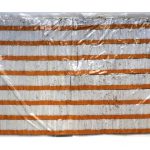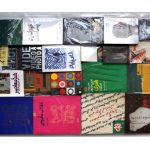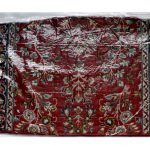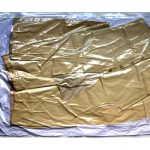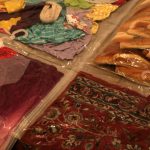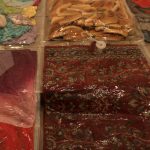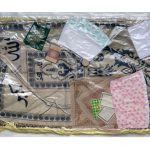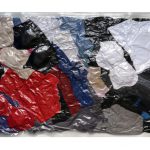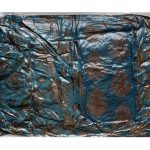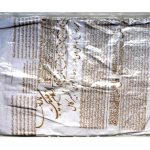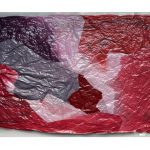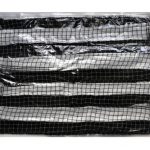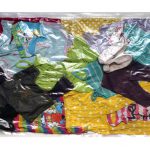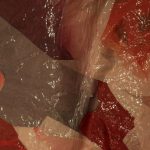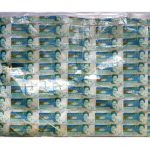The day we were moving out, I was faced with a pile of stuffs that we had no intention either to throw them away or to use them. With a lot of force and pressure we tried very hard to find a spot for them. I didn’t forget that day, the day when we were happier to crush the stuffs than to throw them away.
When I focused on this subject, I realized this is a habit which accompanies us from the moment of birth to the time of death. We keep lots of events in our minds, those which we think they’re over and take no space. We are unaware that one day, the air we grabbed from them will return to their shape, with a small flip. Restriction Is useless, and suspension is even worse. This thought sparked an idea to start the Vacuum Bag project, that day we were packing to move out.
For a year I vacuumed a variety of objects which accompany me from birth to death. From baby clothes to shrouds. Every day I tried to get the air inside the vacuums out so it just takes as little space as possible. Day by day, I thought I would succeed while I saw the vacuums open. All the efforts were in vain.
In the final days of the project, I read a quote from Eric Emmanuel Schmidt: “What you give is yours forever, what you keep is lost for all time.” And this was exactly what I realized during this year.
Razieh Aarabi
” Each object has two functions; one is to be used and the other is to be owned. The first relates to the functional integrity and the former relates to the abstract integrity of the subject. Razie Arabi’s works, change the daily function of the objects and give them an iconic and sculptural aspect, by emphasizing on the extraction of the objects into packaging and by deforming them with the help of compression.
The “vacuumed” objects can also be considered an allegory of the human and his memories, where their existence is distorted. One can take a phenomenological look at these packages/ sculptures, what they leave in our minds with their presence and function is our own different and unique story”.
Dr. Behnam Kamrani
